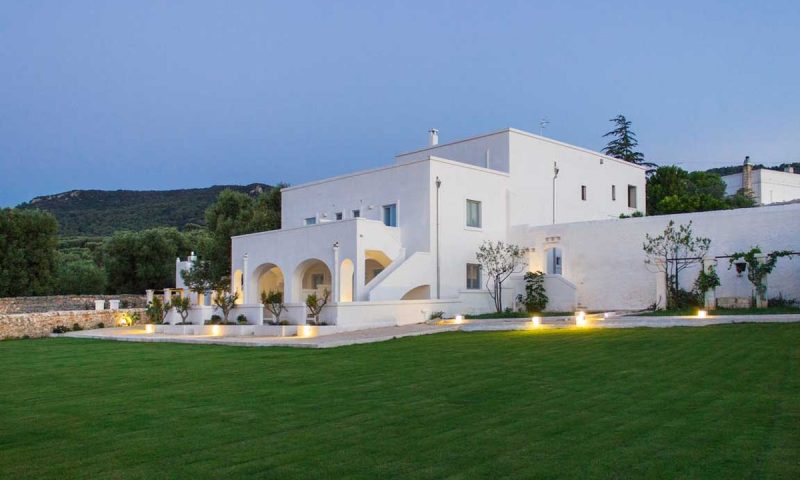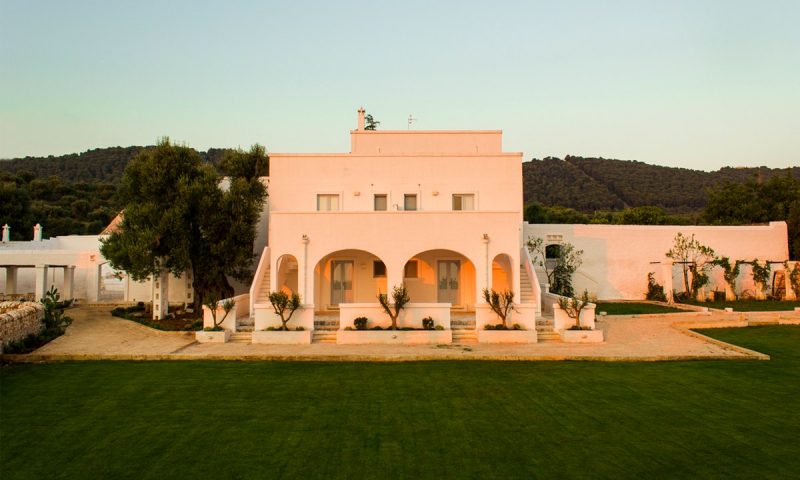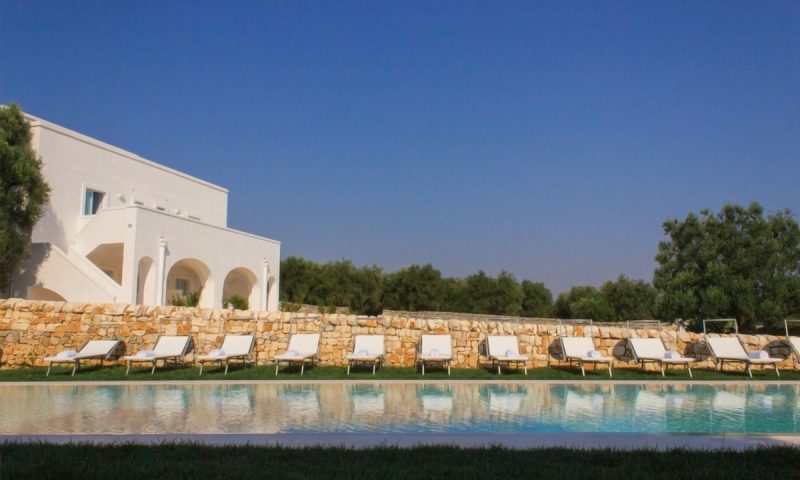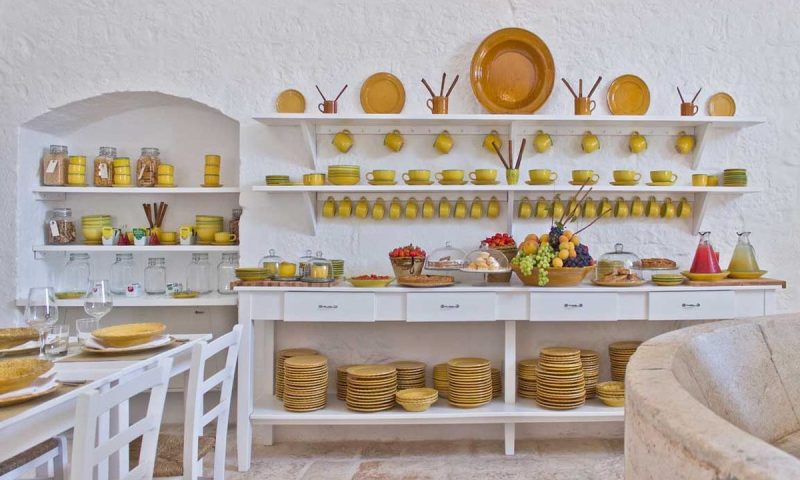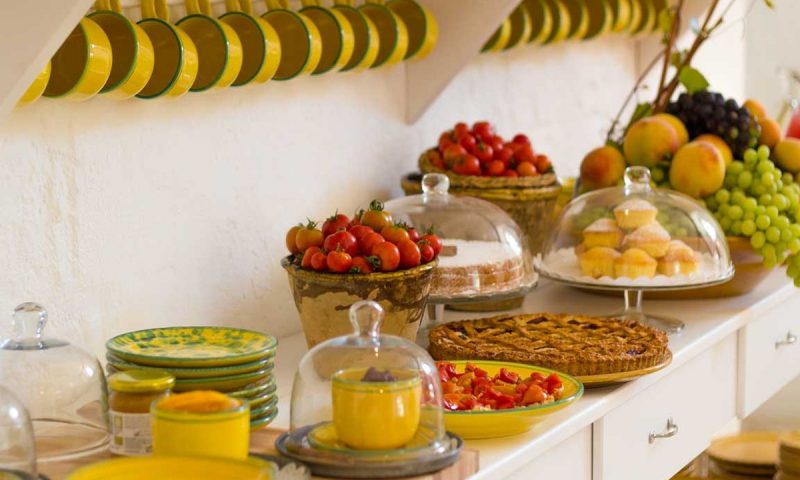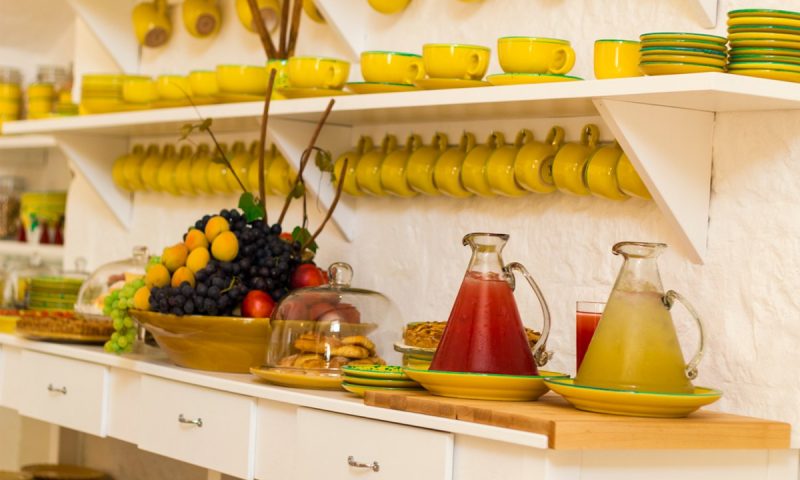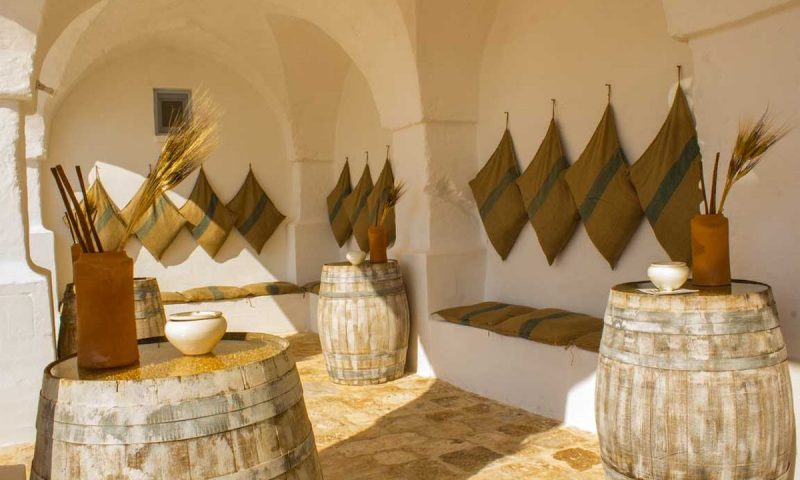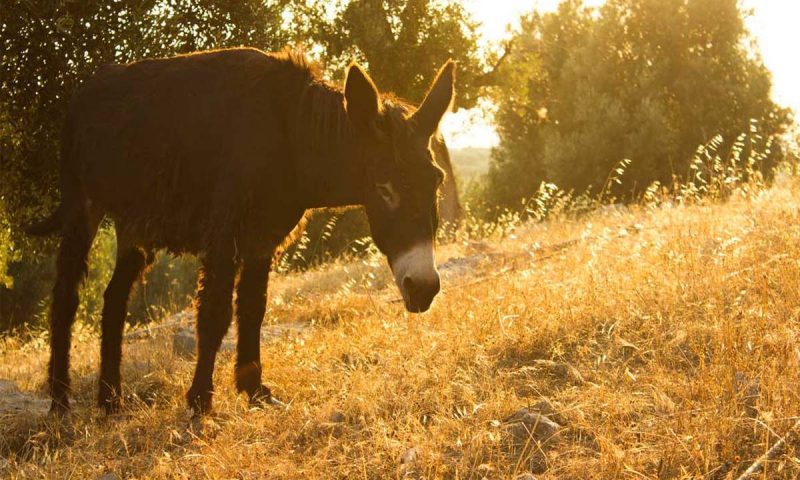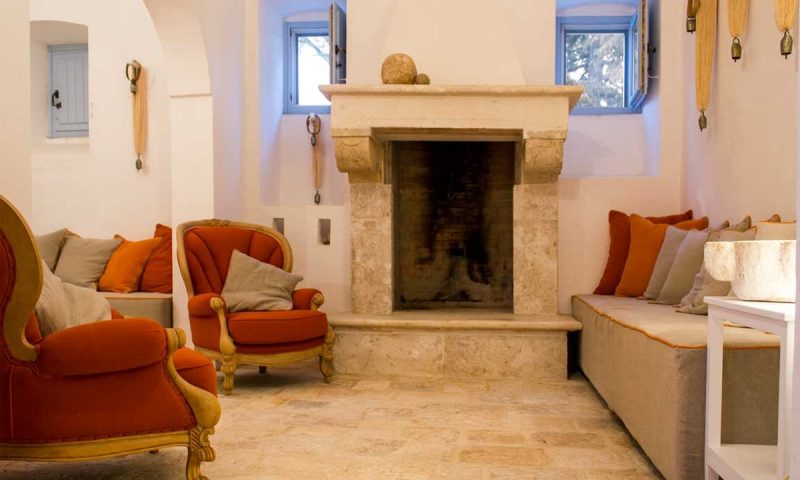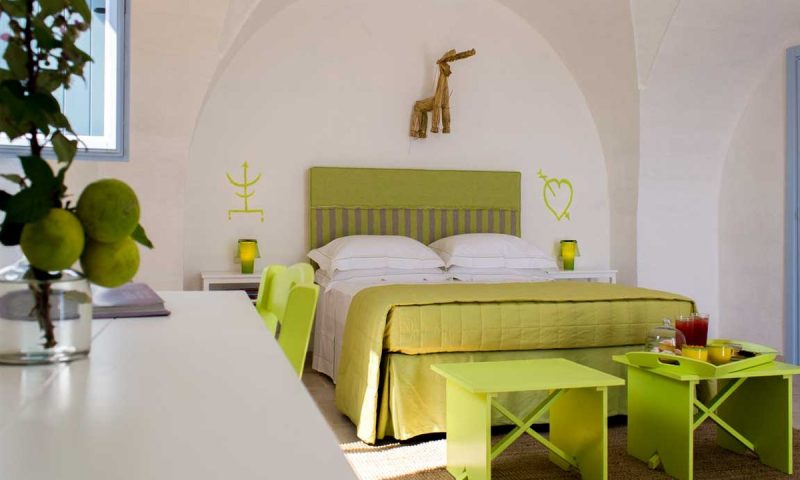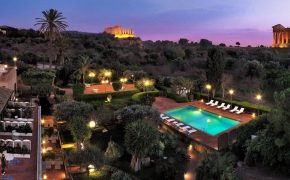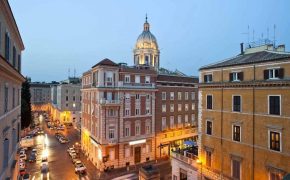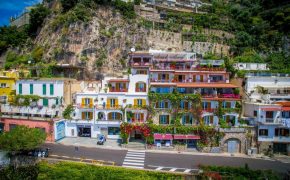Charmingly framed by the park of centenary olive trees, close to the northern board of Salento, in Apulia, rises Masseria Corte degli Asini, historical fulcrum and exclusive residence for holidays.
The resort is about seven hundreds square metres wide, is surrounded by a forty acres wide olive grove, and is one hundred and thirty metres above the sea level. This altitude guarantees the best weather Apulia could offer.
Provided with bright rooms which are made from ancient stone, and restored in full compliance with the historical ninenteenth-century shapes, with wide green spaces, with a peculiar agrumeto, with a large inner court the magical atmosphere of which recalls the history of Mediterranean.
With a majestic swimming-pool with a panoramic view on the valley of Fasano, Masseria Corte degli Asini can offer incomparable moments of relax. Its location is also ideal to discover the territory: it is only 15 minutes away from both Ostuni and the seashores.
THE HISTORY
Since 1841, when it was built, Masseria Corte degli Asini has soberly stared at the blue sea, protected by the verdant embrace of Cisternino’s mountains.
Inhabited for decades by the knights of Malta, feudal lords of Fasano, in 1929 the Masseria became property of the Cisternino family, who has taken care of it for five generations, and still keeps devoting its time to the cultivation of olive and almond groves that cover the estate, as well as to the cattle breeding, which includes Altamura sheep, Murgese horse, and Martina Franca donkey.
The white lime and the luxuriant green countryside colour the linear figure of the Masseria: its name pays homage to the donkey, symbol of the sophisticated simplicity and carefree that are typical of the rural life.
ROOMS
The guest rooms are located in the main buiding of Masseria Corte degli Asini. The main feature of the accommodation is comfort, which is essential to enjoy a relaxing stay, in a natural contest, totally distant from the hectic pace of everyday life.
However, the fulfilment of these needs does not affect the inestimable architectural value of an historical structure such as the Masseria, which is considered the pinnacle of efficiency among the monuments restored and used for tourism.
BREEDING
Inside Masseria Corte degli Asini, many species are bred that are peculiar of the Apulia territory, and considered rare and precious, also because in danger of extinction. Among these animals, the Martina Franca donkey prevails, from which the Masseria takes its name.
With its massive tonnage, this animal adapts very well to marginal and stony lands. It was once used for the soma and the mule-track construction. Nowadays, it is bred mostly in the hilly area of southeastern Murgia, known as the Trulli area.
Another incredibly ancient equine typical of Apulia and living in the stables of the Masseria, is the Murgese Horse. Rustic and fierce, this animal is mostly known for its stability and quietness, developed as adjustment to the unfriendly territory, where it has undergone a centuries-long selection.
The Altamura Sheep is another endangered specie that finds shelter between the farms of Corte degli Asini. It is a sheep with a prevalent attitude to the milk production. The area of origin is Altamura, province of Bari. It is also called “Moscia” (“flabby”) because of its fleece, which has woolly filaments a bit ruffled and drooping.
CULTIVATION
Around Masseria Corte degli Asini, grows a vast grove of olive trees, comprehensive of centenary and thousand years old trees, which are definitely the peculiar elements of Apulia territory. Every year, the olives are collected, selected and cold pressed to obtain the valuable and renowned yellow gold.
Besides the olive grove, the estate also comprehends an almond grove, an orchard, and a distinctive fenced citrus grove, right near the guest rooms, all of them open to the guests of the Masseria. Everything produced at the estate could be tasted at the Restaurant of Masseria Corte degli Asini, and soon be purchased at the shop.
APULIA
Apulia is one of the richest of pre-historical artefacts regions of Italy. Among the many finds, the most valuable are the dolmens, located quite close to Masseria Corte degli Asini, and the menhirs, most common around the land of Bari.
The end of the second millennium BC saw the bloodlines of Daunii, Peucetii and Messapii consolidated. Like for the most part of southern Italy, the most evolved kinds of government and settlement came from the Greek colonization of the Magna Graecia, which achieved its peak around the IV century BC, when the Roman army appeared.
Apulia was conquered completely by the Romans after several wars, which were marked by epic episodes, such as the storming of Taranto (272 BC), and the conquering of Bari (244 AD).
During the centuries of maximum expansion of the Empire, Apulia achieved a consistent wellness, taking up leading roles in the production of wheat and olive oil, becoming a via for the exchanges between Rome and the East.
When the Western Roman Empire fell, Byzantines, Lombards, and Arabs occupied Apulia’s territory, before Bisanzium managed to draw the region into its sphere of influence once and for all (IX-XI centuries).
Bari became the chief town of a domain that reached the Lucania, ruled by a catapan (Byzantine governor). During that period, the oriental culture and religion took root, and left into the local religious habits, cult, and architectures their traces, which are still recognizable in the Masserie.
First under the Normans, then under the Suebi, Apulia reached a significant advancement, both material and civil, which reached its peak with Federico II, who was behind the realization of several lay and religious buildings, some of which of high artistic value.
Between 1264 and 1435, Apulia has been under the Anjou rule, included into the Kingdom of Naples, to which took over the Spanish: during these phases a diffused power pierced into the territory, and into the social bounds; this power, which took deep roots, was the power of barons, landlords, with estates and almost unlimited court prerogatives, which made them become some sort of absolute lords.
With the arrival of the House of Bourbon, the Spanish dynasty that had been ruling the Kingdom of Naples since 1738, the territory was given a first attempt of statehood, and new entrepreneurial chances occurred.
During the French domination (1806-1815), under the Murat, Apulia’s modernization was encouraged by the abolition of the feudal system, and by some judiciary reforms, which were left on even once the House of Bourbon regained control over the territory (1815).
Today, Apulia is well known, especially from a touristic point of view, exactly for its priceless historical and artistic value, which can be detected in the strong care for traditions that people have, and at the many festivals and pageants spread over the whole territory during the year.
FASANO
Fasano offers, in its territory, many interesting touristic places, as well as its own mazy old town; among these places, there are: the famous summer locality known as Selva di Fasano – name that refers to its thick woods – the archaeological site Egnazia, the rock dwellings, the gorgeous fishermen village Savelletri, many Masserie, trulli, the centenary olive trees, and the dry stonewalls that limit the fields.
Another important attraction is the Zoo-safari, one of the biggest wildlife parks in Europe, with more than 1500 animals belonging to more than 50 different species, and a nice amusement park.
OSTUNI
Ostuni, known as the White Town because of its mostly white buildings, watches the Murgiana countryside from its location, which is about 300 meters above the sea, and reveals its old town, which charms visitors from all over the world.
Ostuni is, in fact, one of the most attractive seaside locations of international level: beautiful coasts with kilometers of white sandy beaches, surrounded by Mediterranean vegetation, alternating with tiny coves, and high and jagged cliffs, crystal clear waters, which have ensured to the municipality the “Bandiera Blu” award for many years.
CISTERNINO
The town of Cisternino overlooks the beautiful Valle d’Itria, known for the presence of trulli, cultivated fields, old olive trees, and stonewalls.
Inside the old town, it is possible to enjoy classic examples of spontaneous architecture, which includes white houses and narrow small streets, with small courtyards, and outside staircases; shared spaces, private and public at the same time, between precious exhibits of the typical Apulia Baroque.
Panoramic landscapes, flower-covered balconies, street artists that will cheer people passing by, make this small town one of the most charming of Italy, in the hidden alleys of which it is also possible to taste the traditional roasted meat.
